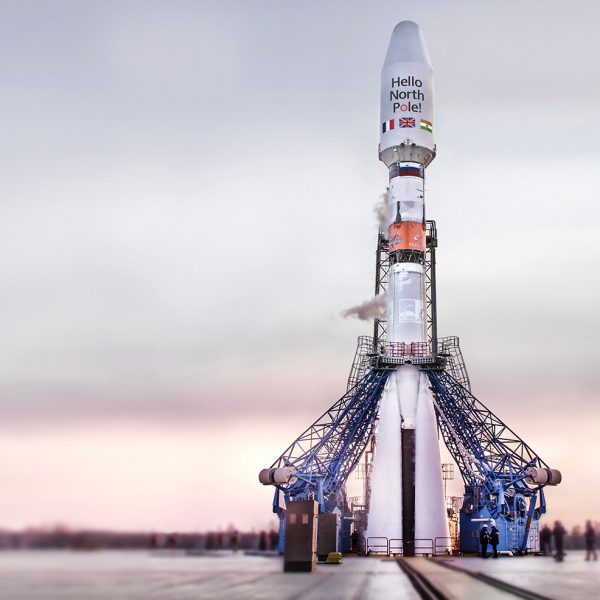OneWeb UK Secures GBP360m Funding Boost from Bharti Global

OneWeb, which is partly owned by the UK Government, Bharti Global, Eutelsat and Softbank, has secured another $500m (£361m) funding boost from Bharti to ensure that they’re able to fully complete their initial deployment of Low Earth Orbit (LEO) satellites for ultrafast low-latency broadband provision.
At present OneWeb has launched a total of 218 small Low Earth Orbit (LEO) satellites into space, with another 36 set to join those on 1st July 2021, and the initial plan is to build a constellation of 648 satellites, which is enough for a reasonable level of global coverage by around the end of 2022. As a result of today’s announcement, the operator now has a total funding pile of $2.4bn (£1.73bn), which should be enough to complete this phase.
The operator also has future approval for a total of 2,000 satellites and 1,280 of those would be a second-generation model that could sit in a higher Medium Earth Orbit (MEO) of 8,500km – possibly with some GPS style features, but that would require even more investment. OneWeb is already developing an experimental satellite – Joey-Sat – to test some of their next generation technologies (here); due for launch sometime in 2022.
Advertisement
In terms of future investment, OneWeb is still receiving interest from potential investors for their future plans (i.e. those beyond the initial 648 LEOs) and could make a decision within the next few weeks about whether to continue those talks. At present there is no longer any pressing need for another funding boost, but that will inevitably change when they come to consider their future plans.
Neil Masterson, CEO of OneWeb, said:
“The completion of our funding puts OneWeb in a powerful position. We have significantly lower entry cost of any LEO. We benefit from $3.4bn of pre-Chapter 11 investment by the original shareholders, making new OneWeb a three-times lower cost Constellation.
With the forthcoming launch we will have completed 40 per cent of our Network. We are intently focused on execution and just ten more launches will enable us to deliver global coverage. Investors have backed the extraordinary efforts of the OneWeb team to deliver more of the global connectivity the World needs.”
OneWeb’s first initial commercial (beta) broadband services are predicted to go live across parts of the United Kingdom, Alaska, Canada, Northern Europe, Greenland, Iceland, and the Arctic seas in November 2021. In theory, this could offer ultrafast broadband speeds of 100Mbps+ and fast latency times of 40ms or less, albeit with the main focus being on business, maritime and government connectivity.
On top of that, OneWeb has also talked about using their network to serve remote rural communities with faster broadband connectivity and the recent agreement with UK ISP BT gives us some indication of the direction they might go (here), but it’s still early days. The company is some way behind SpaceX’s Starlink network, which unlike OneWeb is able to directly serve end-consumers.
As always, OneWeb’s biggest challenge is the same one as SpaceX face, which is to prove that they can turn a huge constellation of compact LEO broadband satellites into a viable commercial business. But achieving that will take time and is not guaranteed, particularly with so much competition in the same space (no pun intended).
Advertisement
Mark is a professional technology writer, IT consultant and computer engineer from Dorset (England), he also founded ISPreview in 1999 and enjoys analysing the latest telecoms and broadband developments. Find me on X (Twitter), Mastodon, Facebook, BlueSky, Threads.net and Linkedin.
« CityFibre’s Gigabit Broadband Goes Live in Rotherham UK
ISPA Name Finalists for 2021 UK ISP Internet Industry Awards »























































More orange, white and green, than red, white and blue now…